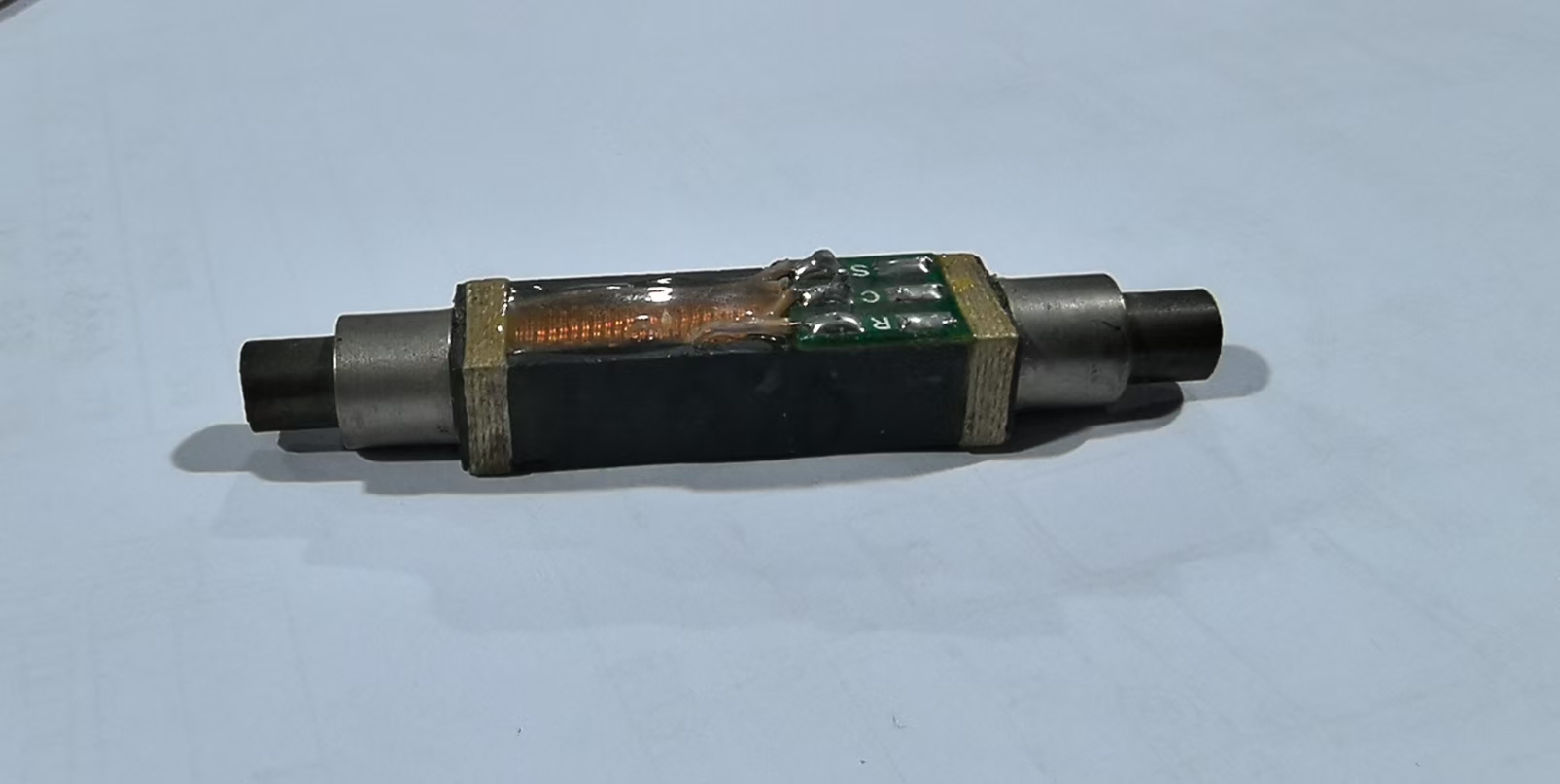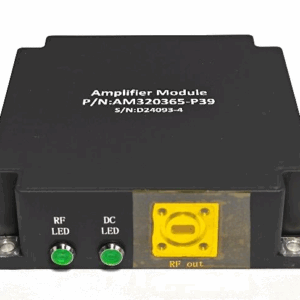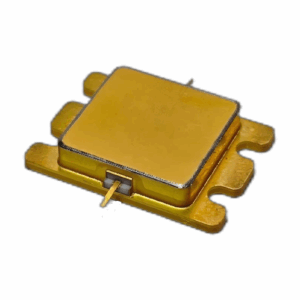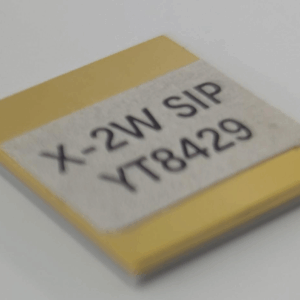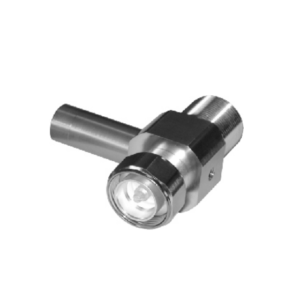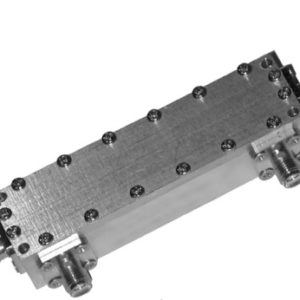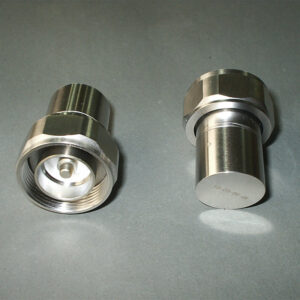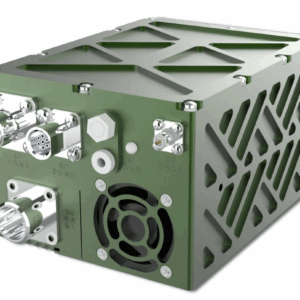Working Principle
A ferrite phase shifter is a device that modulates the phase of electromagnetic waves by leveraging the magnetic properties of ferrite materials. It is widely used in radar, communication systems, and phased array antennas. The core principles are:
Ferrite Characteristics: Ferrite is a high-frequency magnetic material whose permeability changes under an external magnetic field, inducing phase delay in transmitted electromagnetic waves.
Magnetic Field Control: A DC or low-frequency control current adjusts the bias magnetic field around the ferrite, altering its permeability.
Phase Adjustment: As electromagnetic waves (e.g., microwave signals) propagate through the ferrite, their velocity changes due to the permeability variation, resulting in a controllable phase shift.
Non-Reciprocity (Optional): Some ferrite phase shifters utilize non-reciprocal effects (e.g., Faraday rotation) for unidirectional phase modulation, suitable for isolators or circulators.
A typical design incorporates ferrite slabs in waveguides or microstrip lines, paired with external control circuits to regulate the magnetic field. Key advantages include fast response, low loss, and high power handling capability.
Key Applications
Phased Array Radar: Controls beam direction by adjusting the phase of antenna elements.
Satellite Communication: Dynamically compensates for phase distortion in signal transmission.
Microwave Systems: Used for signal modulation, interference cancellation, etc.

